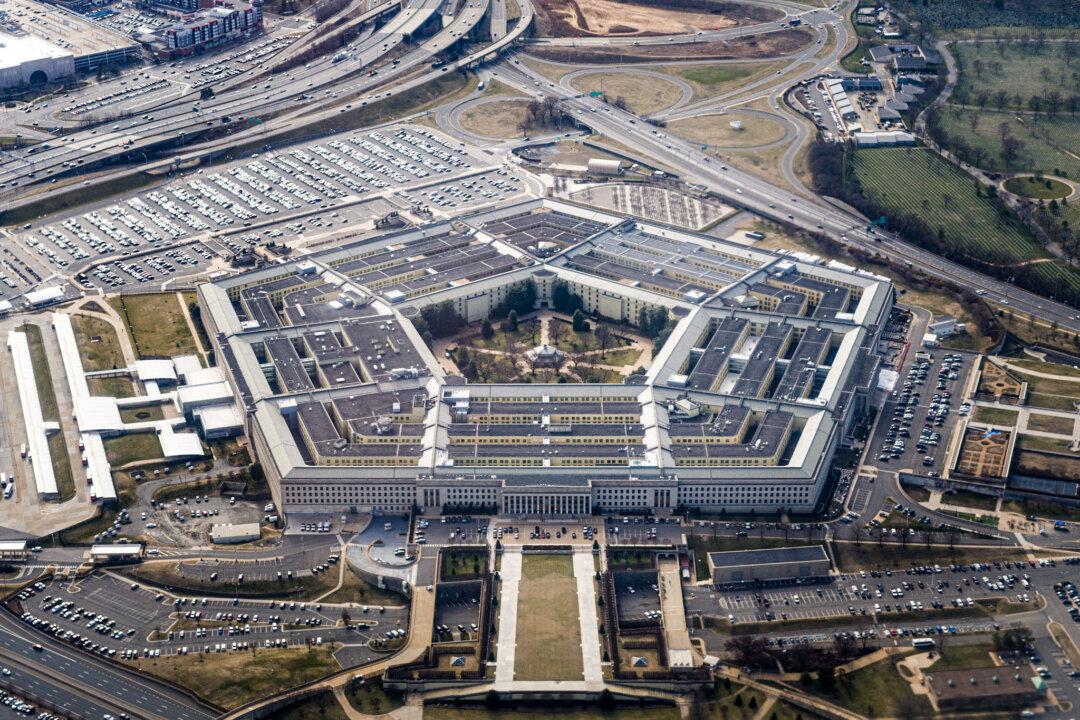The U.S. Department of Energy plans to phase incandescent lightbulbs out of use in favor of compact fluorescent and light-emitting diode (LED) bulbs.
Last April, the DOE
announced revised efficiency standards for lamps that would require the gradual phasing out of the traditional incandescent lightbulbs, which have been used to light homes since the late 1800s. According to the DOE
timeline, conventional incandescent lightbulbs will no longer be available through retailers starting this summer. The department will gradually introduce civil penalties against manufacturers and private labelers knowingly distributing such bulbs.
The Biden administration and the DOE argued that the new regulations would increase energy efficiency and savings for U.S. consumers.
“By raising energy efficiency standards for lightbulbs, we’re putting $3 billion back in the pockets of American consumers every year and substantially reducing domestic carbon emissions,” U.S. Secretary of Energy Jennifer M. Granholm said of the new regulations last year. “The lighting industry is already embracing more energy-efficient products, and this measure will accelerate progress to deliver the best products to American consumers and build a better and brighter future.”
The Biden White House
said the phase-out of incandescent lightbulbs and new energy efficiency standards for lighting will reduce carbon emissions by 222 million metric tons over 30 years or “the equivalent of what 28 million homes emit in a year.”
Biden Admin Reverses Trump
The regulations on lightbulbs were initially proposed by the outgoing administration of President Barack Obama in January 2017, in line with laws passed by Congress, such as the Energy Independence and Security Act of 2007 (EISA). The DOE under President Donald Trump reversed those lightbulb regulations in a December 2019 decision, ruling the standards on incandescent light bulbs “do not need to be amended because the benefits of more stringent standards do not outweigh the cost to the American people.” An analysis by the Trump-era DOE concluded that increasing the efficiency of incandescent lamps “could cost consumers more than 300 percent compared to the price of today’s incandescent lamps.”
“Today, the Trump Administration chose to protect consumer choice by ensuring that the American people do not pay the price for unnecessary overregulation from the federal government,” then-Secretary Dan Brouillette said in December 2019. “Innovation and technology are already driving progress, increasing the efficiency and affordability of light bulbs, without federal government intervention. The American people will continue to have a choice on how they light their homes.”
The Biden administration, in turn, reversed the Trump-era decision.
Costs and Benefits of New Lightbulb Rules
While the Biden administration has said the new regulations will increase energy efficiency, consumers could see an immediate difference in out-of-pocket costs the next time they buy lightbulbs.According to a report by
Lifehacker, the average cost for an LED lightbulb ranges from $5 to $7 a piece, compared to $2 to $3 for an incandescent bulb. The study found that while the out-of-pocket cost to buy an LED bulb is greater, consumers will use less energy with that bulb. Lifehacker calculated it costs about $6.60 to operate a 60W incandescent bulb for 1,000 hours compared to $1.32 to run a 12W LED bulb for 1,000 hours.
Some research has raised concerns over the health impacts of the increased use of LED lights, which change the spectral composition of lighting. Last year, researchers at the University of Exeter
found that the increased use of LEDs in Europe is associated with higher exposure to blue light emissions. Research suggests a link between increased blue light exposure and difficulty
sleeping and
headaches.
The Biden administration is moving forward with the phase-out of incandescent lights while also considering regulations that would impact about half of the
gas cooking stoves currently on the market.
“First, the Biden Admin went after gas stoves. Then, the Biden Admin went after washing machines. Now, the Biden Admin is going after light bulbs. Is there anything they won’t try to ban?” Rep. Lance Gooden (R-Texas)
tweeted on Sunday.





